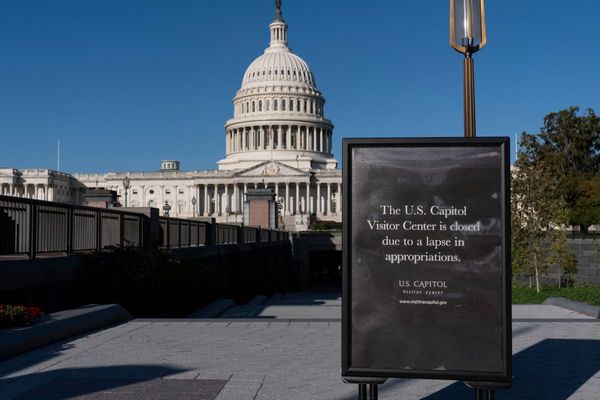MIAMI _ Joel Martinez, 32, came to Miami from Cuba for the same reason Cubans have becoming to the Magic City for the past six decades: a better life.
"In Cuba, every young person, almost every teenager, wants to go to another country, because they don't see a future," said Martinez, who studied economics at the University of Havana. "You cannot make a five or 10 year plan for yourself, so you try go to another country. And the U.S. always comes first. It's the country of opportunities."
What makes Martinez's story noteworthy is that it remains so familiar.
Meet the new South Florida immigrants: They look a lot like the old South Florida immigrants.
"I wouldn't call it any kind of (new) Cuban wave," said Juan Gomez, director of the Carlos A. Costa Immigration and Human Rights Clinic at Florida International University. Rather, the waves never stopped.
Miami has never been more diverse, with more foreign-born residents than ever. Over the years, the mix has evolved as some traditionally booming populations plateau, while others grow.
But it is Cubans who continue to comprise the largest cohort of new arrivals to Miami-Dade, according to Census data.
From 2010 to 2017, the county's Cuban-born population climbed nearly 21%, or by about 120,000 _ a greater numeric increase than for any other country of origin during the period. Today, the county is home to nearly 700,000 Cuban-born residents. As of 2017, this group comprised 25.7% of the county's total population, compared with 23.5% in 2010. Cuban-born residents comprised 48.5% of Miami-Dade's foreign-born population, up from 46% in 2010.
And according to longtime Miami-based immigration lawyer Wilfredo Allen, the suspension of the old "wet foot-dry foot" policy has barely put a dent in their numbers.
"Miami is still the No. 1 destination," he said. While Cubans have branched out to states like Arkansas, Iowa, and Nebraska _ as well as more traditional, secondary landing spots like Tampa and New York _ "overall, Miami is the main 'HQ,'" he said.







